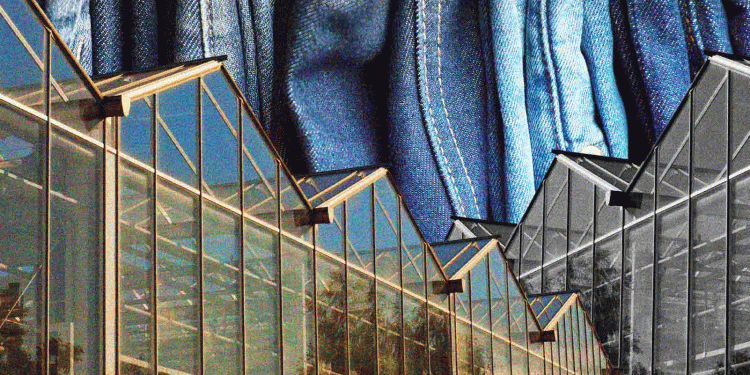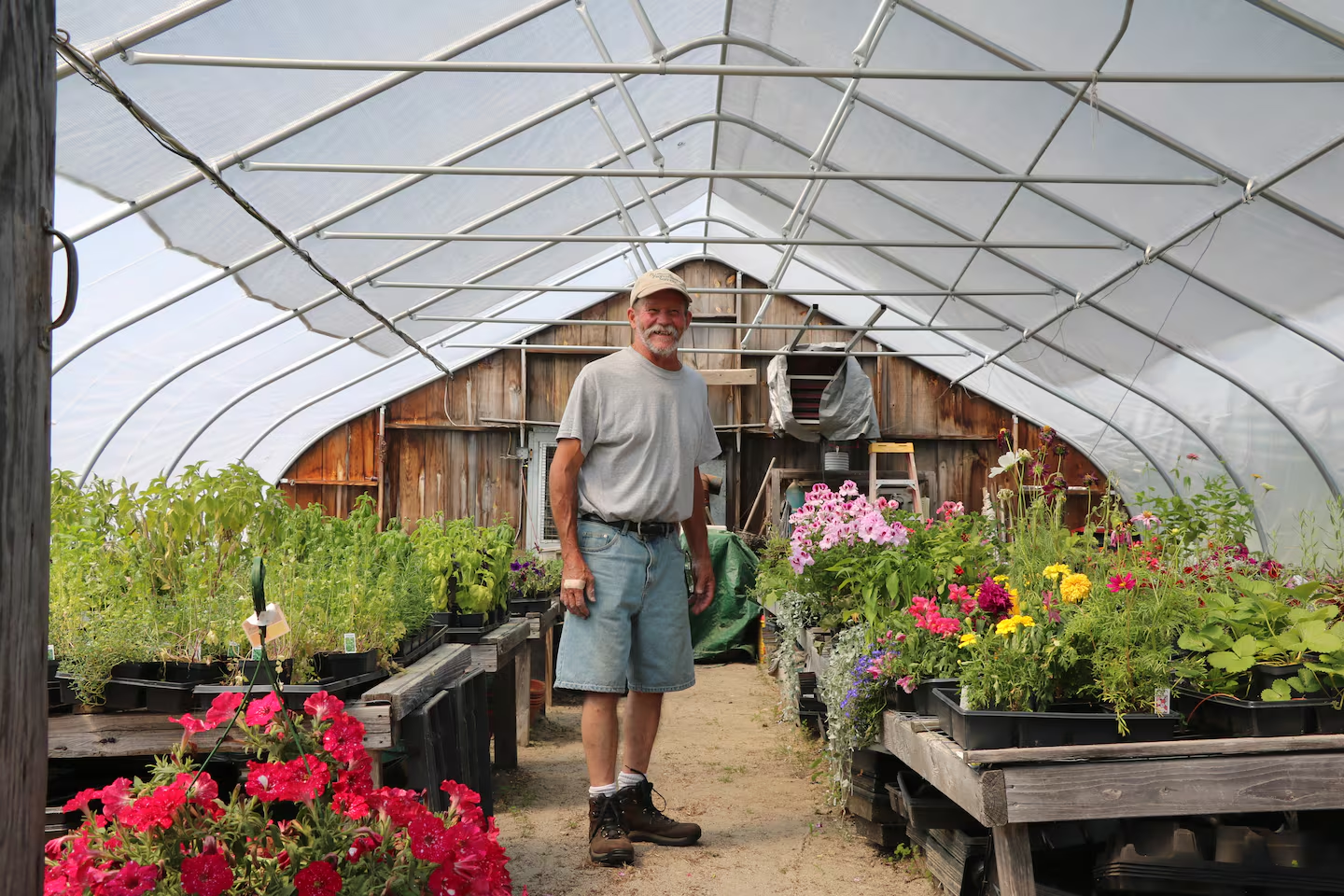Dutch fashion brand G-Star Raw is implementing an innovative project to grow cotton in greenhouses, which will allow production in cold climates. This innovative approach has the potential to revolutionize sustainable denim production by reducing carbon emissions and improving traceability.
Sustainable denim: growing cotton in greenhouses for a greener future
G-Star Raw has teamed up with researchers to study growing cotton in climate-controlled greenhouses. This innovative project aims to produce denim locally, minimizing carbon emissions and improving supply chain traceability. The initial pilot project has produced promising results, demonstrating the potential of greenhouse-grown cotton to revolutionize sustainable fashion.
The problem of local farming
Cotton grows well in warm, humid climates, making it difficult to grow in Europe. Traditionally, cotton is grown in countries such as China, India, Brazil and the southern US, resulting in significant transport emissions from European brands. G-Star Raw, founded in the Netherlands in 1986, faces these challenges firsthand. The current supply chain requires raw materials to be transported over long distances, making tracking difficult and increasing carbon emissions.
Greenhouse farming: a sustainable alternative
In collaboration with Wageningen University, renowned for its agricultural research, G-Star Raw has launched a pilot project to grow cotton in Dutch greenhouses. This method requires less space as the plants grow up to five meters in height compared to the traditional 1.5 meters in open ground. Controlled environmental conditions—light, heat, and water—increase effectiveness and reduce the need for pesticides.
The results of the pilot project were impressive: cotton production in the greenhouse increased by 2,300% compared to traditional methods on the same area. Each plant produced nine to twelve times more cotton, and the controlled environment extended the growing season. In addition, by using recycled rainwater, water consumption was significantly reduced: only 800 liters were required per kilogram of cotton, compared to 10,000 liters in traditional farming.
Environmental Impact and Future Prospects
Growing cotton in greenhouses significantly reduces carbon emissions, especially when using renewable energy sources. Unlike traditional agriculture, it eliminates the need to till the soil, a major source of carbon emissions. Proximity to manufacturers further reduces transport emissions. However, scaling this pilot project to meet the needs of large-scale production poses a significant challenge.
The G-Star Raw initiative aims to inspire other companies to explore greenhouse growing as a viable solution to reduce their environmental impact. This project highlights the fashion industry’s ongoing efforts to embrace sustainable practices. While regenerative agriculture and textile recycling systems are in their infancy, there is ample opportunity for innovative approaches, including seemingly unconventional ones such as growing cotton in greenhouses.
Promising results from G-Star Raw’s greenhouse cotton pilot project indicate a potential shift towards more sustainable denim production. By addressing the environmental issues associated with traditional cotton farming, this method offers a viable alternative for the fashion industry. As the industry continues to seek sustainable solutions, initiatives like these could pave the way for a greener future in textile manufacturing.










